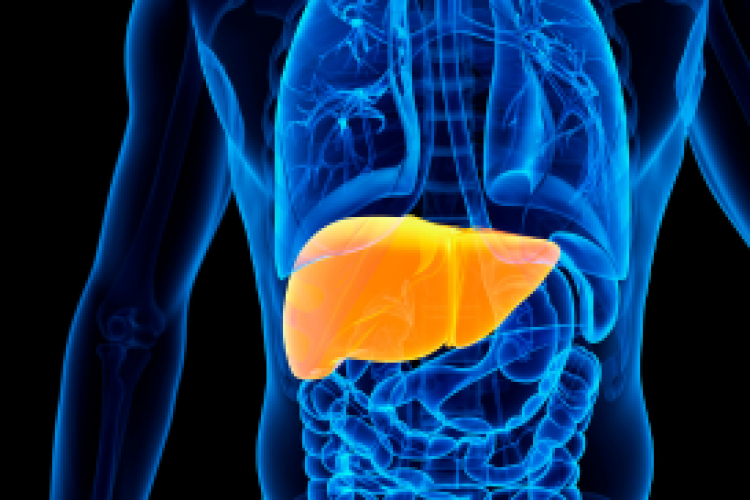On December 4, 2022, Gary Haley was home after a physically demanding day at work at Cushman & Wakefield/UBS, where he is an engineer. He was about to start decorating the house for Christmas when he realized something was wrong.
“Suddenly I had problems walking on my right side,” said Gary, 49. “I had no control of my arm or hand.” Gary then noticed his right leg was dragging and knew he had to get to the hospital immediately. He quickly went to Montefiore Nyack Hospital, which was a key factor in Gary’s successful treatment, according to Inna Bulaevsky, D.O., the attending physician who treated him in the Montefiore Nyack Hospital Emergency Department.
“Getting to the hospital as soon as a person realizes they may be having a stroke is critical,” she said. “If you feel a sudden weakness or loss of sensation in your face, arm or leg, or have sudden difficulty with speech, balance or coordination, you need to call 911. These are possible signs of a stroke, and you need to be evaluated in the Emergency Department (ED) right away.”
Stroke Treatment
Once a person comes to the ED with a possible stroke, they are immediately taken for a CT scan to see if there is bleeding in the brain. “There are two types of stroke. The most common type involves a clot that impedes blood flow to the brain, known as an ischemic stroke,” Dr. Bulaevsky said. “The other type is a hemorrhagic stroke, which involves bleeding in the brain. We need to know which type it is, in order to know how to treat it.”
Gary’s CT showed he had an ischemic stroke, and he was started on a medication called tenecteplase (TNK) to dissolve the clot and allow blood flow to return to the brain. In most cases, stroke patients should receive TNK or another common treatment known as tissue plasminogen activator (tPA) within three hours of the start of the stroke in order to be effective, Dr. Bulaevsky said.
“The longer an area of the brain goes without blood, the greater the chances that area will be damaged – and the damage can be permanent,” said Andrew Erian, M.D., a neurologist at Highland Medical, Rockland Neurological Associates in West Nyack, NY and the co-director of the Stroke Committee at Montefiore Nyack Hospital.
Within 45 minutes to an hour of receiving treatment, Gary started to feel better. He was transferred to the ICU to be monitored and stayed for three nights. He has been receiving physical therapy and is back at work.
Stroke Recovery
“Recovery from a stroke depends on its severity and the type of symptoms a person has,” Dr. Erian said. “Most people can expect to do intensive rehab for several months, which can include physical therapy, occupational therapy and speech therapy, to get the brain to re-form the connections that were damaged by the stroke,” he said.
A person recovering from a stroke also needs what Dr. Erian called a “tune-up process” – getting their blood pressure, cholesterol and diabetes under control, quitting smoking, and being examined by other specialists. “These are all steps to decrease the risk of a person having another stroke, and increase their chances of a good recovery,” he said.
Dr. Bulaevsky said Gary’s instinct to get to the hospital as soon as he recognized his symptoms very well could have saved his life. She said, “We were able to help Mr. Haley preserve his ability to work and take care of his family because he came in as soon as possible.”
When it comes to stroke, remember to B.E. F.A.S.T. in getting medical treatment if you have any of the following symptoms:
B Balance is off
E Eyes – change in vision
F Face drooping
A Arm – no control /numb
S Speech – change in speech and ability to talk clearly
T Time is brain



 Upcoming Events
Upcoming Events



